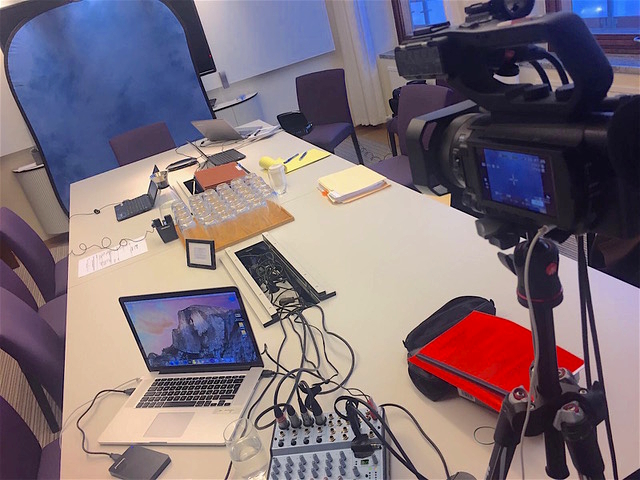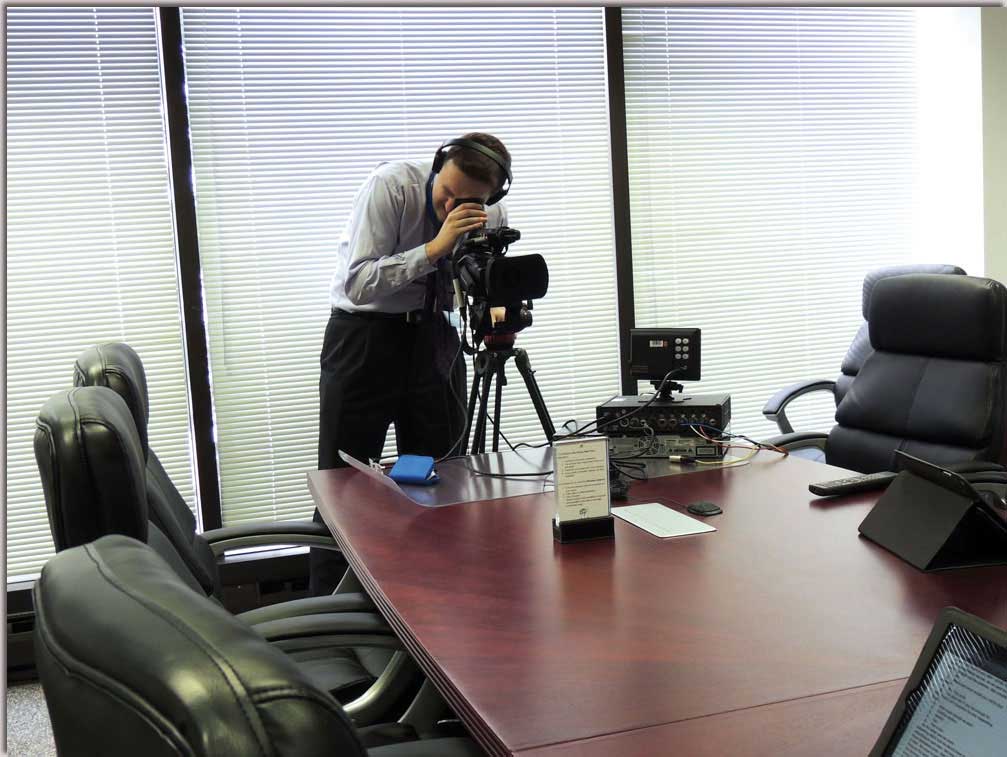Discovering the Objective and Effect of Lawful Videography in the Lawful Area
Legal videography has become an important device in the legal field, changing the method evidence exists and preserved. From recording witness testaments to documenting criminal offense scenes, the effect of legal videography is obvious. Past its surface-level applications exists a deeper expedition of the objective and implications of incorporating video technology into legal process. As we navigate through the detailed web of laws and ethical factors to consider bordering lawful videography, a clearer image arises of its possible to form the future of the legal landscape.
Background of Lawful Videography
The development of lawful videography can be traced back to the early days of courtroom technology integration. As courts started to identify the worth of visual evidence discussion, making use of videography in legal proceedings acquired grip. In the 1980s, the intro of analog camera marked a substantial landmark in the history of lawful videography. These video cameras enabled for the recording of depositions, witness testaments, and courtroom process, giving an aesthetic record that enhanced standard written records.
With the advancement of modern technology, the shift from analog to electronic video clip videotaping more revolutionized the area of legal videography. Digital electronic cameras offered better recordings, easier editing and enhancing capacities, and boosted storage choices. This shift not just improved the quality and accuracy of visual proof however also structured the presentation of intricate information in courts.
Today, legal videography plays an important duty in the lawful area, providing attorneys an effective tool for offering proof, catching testaments, and producing engaging visual narratives to sustain their instances. The advancement of legal videography remains to form the method lawyers approach litigation and advocacy.
Advantages of Lawful Videography

In addition, legal videography permits the conservation of witness testimony in a authentic and effective manner. By capturing the temperament and behavior of witnesses throughout their testimonies, lawyers can better analyze the credibility of their statements and potentially discover inconsistencies or fallacies. This can be especially beneficial throughout cross-examination and in providing evidence to sustain or refute essential disagreements in a situation.
Moreover, lawful videography uses the advantage of creating a permanent document that can be reviewed and assessed any time. Lawyers can review video footage to determine important information, prepare for upcoming court process, or reinforce their techniques for trial. This capacity to review and study aesthetic proof can provide attorneys with a calculated advantage in developing a robust case.
Techniques for Efficient Legal Videography
Integrating effective techniques in legal videography is vital for maximizing the impact of aesthetic proof and reinforcing the integrity of witness testaments in lawful process. In addition, using high-grade audio equipment is important to record noise accurately, making certain that all spoken interaction is caught definitely. Framing plays a vital role in lawful videography; it is essential to frame shots properly to concentrate on the appropriate elements while lessening diversions.
Legal Videography in Court Room Settings

In court setups, lawful videographers must adhere to stringent standards to preserve the honesty of the lawful procedure. They have to be discreet click this link to prevent disrupting procedures while additionally being alert in capturing vital information. The footage tape-recorded by lawful videographers serves as a valuable source for legal representatives, courts, and courts, offering a visual record that can be referenced during instance prep work, appeals, or testimonials.

Moral Considerations in Lawful Videography
Principles work as a foundational structure assisting the practice of lawful videography, making certain integrity and impartiality in catching and maintaining legal process. Lawful videographers need to abide by strict ethical requirements to maintain the reputation and integrity of their work. One important ethical factor to consider is acquiring informed approval from all celebrations involved prior to tape-recording any legal process. This makes certain that individuals are mindful of being videotaped and have the chance to reveal any objections or worries.
Privacy is an additional paramount moral consideration in lawful videography - LEGAL VIDEOGRAPHY. Videographers should handle all taped video footage with the utmost like secure delicate details and preserve the privacy civil liberties of those associated with the legal procedure. Furthermore, maintaining neutrality and nonpartisanship during the recording process is important to stay clear of predisposition and make sure an exact representation of the events
Conclusion
To conclude, lawful videography has actually ended up being a vital device in the lawful field, supplying a visual document of events and boosting the presentation of proof in court rooms. By catching scenes, demos, and testaments, legal videographers play an important function in guaranteeing a transparent and reasonable lawful procedure. With appropriate techniques and moral considerations, legal videography remains to have a significant effect on the legal profession, shaping the means info is Homepage recorded and provided in lawful proceedings.
Legal videography has actually ended up being an important tool in the lawful field, revolutionizing the means evidence is provided and protected.Including efficient techniques in legal videography is crucial for optimizing the effect of aesthetic proof and bolstering the credibility of witness testimonies in lawful process.Values offer as a fundamental framework assisting the technique of legal videography, making sure honesty and impartiality in recording and preserving legal process.In conclusion, legal videography has actually come to be an essential tool in the legal field, supplying an aesthetic record of events and boosting the presentation of evidence in courtrooms. With moral considerations and appropriate strategies, lawful videography continues to have a considerable impact on the legal profession, forming the method details is caught and presented in lawful procedures.